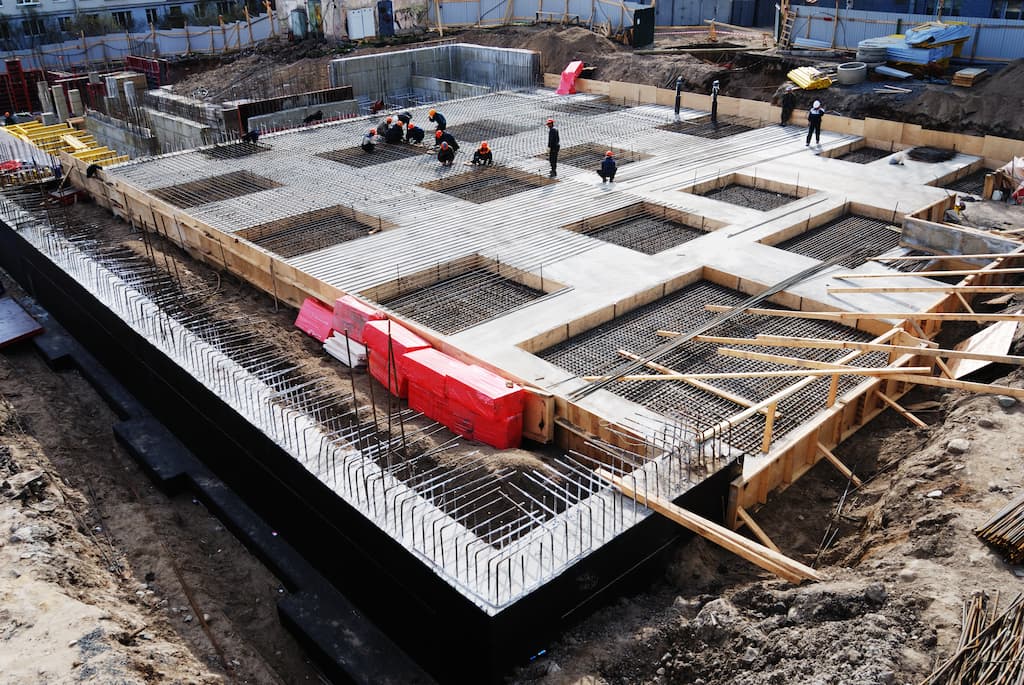Another type of deep foundation is the caisson foundation, which is commonly used in areas with water bodies. Caissons are large, watertight structures that are sunk into the ground and then filled with concrete. They provide a stable base for structures such as bridges and piers, allowing them to withstand the forces exerted by water. Building foundations also serve as a barrier against natural disasters such as earthquakes and floods. In earthquake-prone regions, engineers design foundations that can absorb and dissipate the energy generated during seismic events, protecting the structure above. Similarly, in flood-prone areas, foundations are designed to resist the buoyant forces exerted by water, preventing the structure from being swept away. Advancements in technology have revolutionized the field of building foundations. Engineers now use sophisticated techniques such as soil testing, computer simulations, and ground improvement methods to ensure the stability and durability of foundations.
These advancements have not only improved the safety of structures but have also allowed for the construction of taller and more innovative buildings. In , building foundations are the unsung heroes that provide stability and support to structures. They are the hidden giants that ensure our safety and protect our investments. As we marvel at the architectural wonders around us, let us not forget to appreciate the depths beneath the surface – the foundations that make it all possible. The foundation of any structure is crucial for its stability and longevity. Over the years, advancements groundworksbristol.uk in technology and engineering have revolutionized the way we build foundations. Modern techniques have not only improved the structural stability of buildings but have also made construction processes more efficient and cost-effective. One of the most significant advancements in building foundations is the use of reinforced concrete. Reinforced concrete combines the compressive strength of concrete with the tensile strength of steel, resulting in a material that is both strong and durable.
This technique allows for the construction of taller and more complex structures, as the reinforced concrete can withstand greater loads and forces. Another modern technique that has transformed the construction industry is the use of deep foundations. Deep foundations are used when the soil near the surface is not strong enough to support the weight of the structure. These foundations extend deep into the ground, transferring the load to more stable soil layers. Techniques such as pile driving and drilled shafts are commonly used to create deep foundations. These methods ensure that the structure remains stable and secure, even in areas with weak or unstable soil conditions. In recent years, the use of innovative materials has also contributed to the improvement of structural stability in building foundations. For example, the development of high-strength concrete and advanced composite materials has allowed for the construction of lighter and more resilient foundations.
